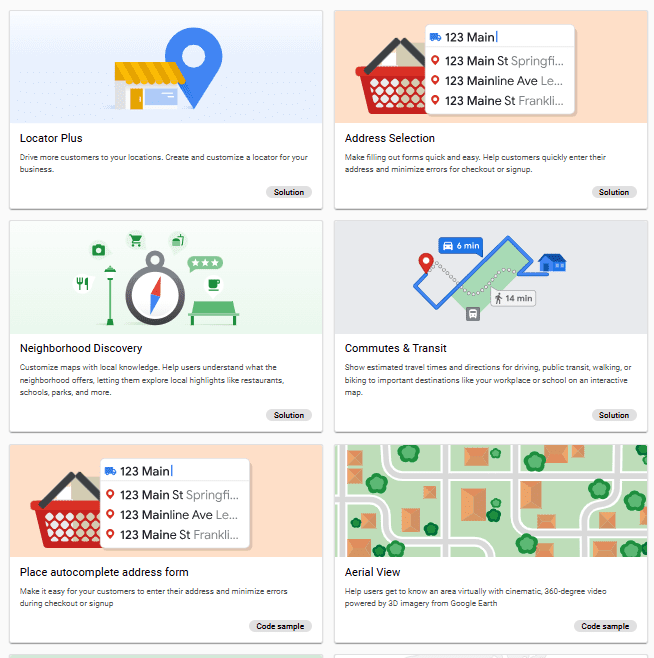APIs (Application Programming Interfaces) play an integral role in enabling seamless interaction between different software components.

In this article, we’ll explore the role of APIs in mobile and web development, focusing on their significance, types, and functions.
Understanding APIs
An API is a set of rules that allow one software application to interact with another.
APIs allow applications to share data and use functionalities without needing to understand the internal workings of other systems, making them an essential component of many tech stacks.
It defines the methods and data structures developers use to interact with the application or service.
Types of APIs
APIs come in various forms depending on the specific needs of an application. Here are four common types of APIs used in web and mobile development:
- Open APIs (Public APIs): Available to developers and open for external users (developers at large).
- Internal APIs (Private APIs): Used within an organization and are not exposed to external users.
- Partner APIs: Shared between partners, typically for business-to-business interactions.
- Composite APIs: Allow developers to access several endpoints in one call, useful for microservices.
How APIs Work
It’s not rocket science; here’s a simple breakdown of how the typical API works:
- Request: An application sends a request to an API, specifying what information or action is needed.
- Processing: The API processes the request and fetches the relevant data or performs the required action.
- Response: The API returns the result to the requesting application in a specific format (usually JSON or XML).
The Importance of APIs in Web Development
APIs are crucial in web development for various reasons:
- Data Sharing: APIs allow different applications to share data in real-time, making it easier to integrate services such as payment gateways, social media sharing, and cloud storage.
- Functionality Expansion: Developers can leverage third-party services and functionalities to enhance their web applications without building from scratch.
- Improved User Experience: APIs help deliver faster and more responsive experiences by offloading tasks to external services, reducing load times, and improving scalability.
Benefits of Using APIs in App and Web Development
No code tools like Zapier and Make have created multi million dollar businesses out of nothing but APIs, so safe to say APIs are here to stay.

Here are the key benefits of using APIs in web and mobile app development:
- Faster Development: APIs provide ready-made solutions for common tasks, reducing the time developers spend building features from the ground up.
- Cost-effective: By leveraging API third-party services, businesses can save money on infrastructure and app development costs.
- Scalability: APIs make it easier to scale applications, as new features and services can be integrated without overhauling the entire system.
- App Security: APIs can be used to control access to sensitive data, ensuring that only authorized users or systems can interact with it.
Drawbacks of Using APIs
While APIs offer numerous benefits, there are also some drawbacks to consider.

Here are a few limitations and challenges associated with API usage:
- Dependency on External Services: If an API experiences downtime or performance issues, it directly impacts the application’s functionality.
- Security Risks: An open API might expose sensitive data, and improper authentication practices can lead to unauthorized access.
- Versioning Issues: API providers may update or modify APIs over time, sometimes causing compatibility issues for applications that rely on previous versions.
- Rate Limiting: Many APIs impose rate limits, which restrict the number of requests that can be made within a specific time frame.
- Complexity in Integration: Integrating multiple APIs from different providers can introduce complexity, especially if each API has unique data formats, error handling, or authentication.
A Popular Real-World API Example: Google Maps
A great example of API usage in real-world applications is Google Maps.

Many mobile and web applications integrate Google Maps API to provide location-based services without having to develop their own mapping systems. For instance:
| Application | API Used | Purpose |
| Uber | Google Maps API | To provide real-time map data for routes and navigation |
| Airbnb | Google Maps API | To show property locations on an interactive map |
In both cases, the API serves as a bridge between the applications and Google’s map services, simplifying the integration process for developers.
Conclusion
APIs are essential tools in modern mobile and web development, providing a way to integrate, automate, and enhance user experiences.

If you’re ready to leverage the power of APIs in your next project, start exploring the many available options today.
If you’re looking to build a mobile application, check out our portfolio of past projects and contact us if you like what you see. Also, consider joining our mailing list for a one-stop resource on everything from micro-SaaS validation all the way to execution and promotion. Get a nifty list of questions to ask app developers when you sign up!
App Developer Interview Questions Template
Download this template now so you know exactly what to ask App Development Agencies! Let us know where should we send it through the form below.



